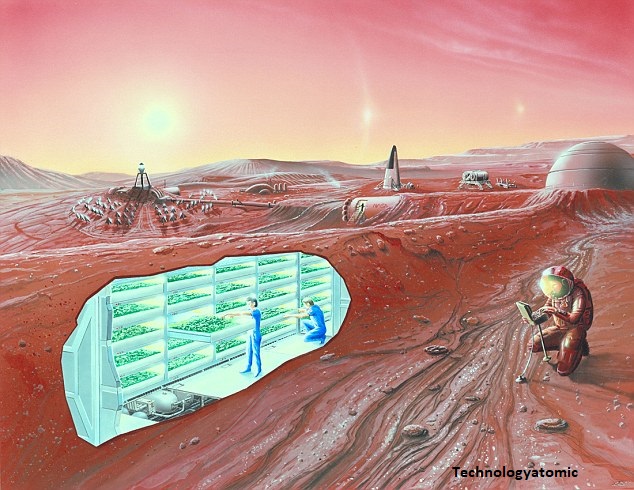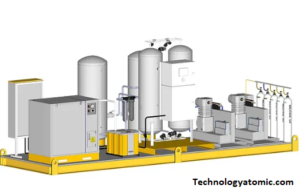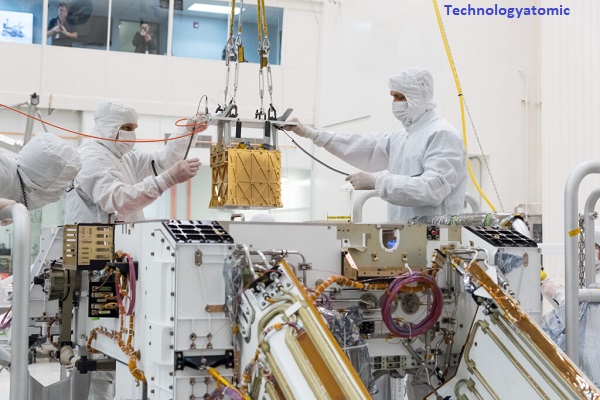introduction:
NASA plans to build a base on the moon before sending humans to Mars to shorten the process of reaching Mars. Space founder Leon Musk wants to take the race to Mars. Russian space agencies also talk about sending humans to Mars, but after doing so, how will humans survive there unlike Earth, oxygen is the most important requirement for life on Mars. And why the way the International Space Station makes oxygen will not be able to work in March. It is also possible that an example of what we are seeing in the form of climate change on Earth is probably the biggest reason that in the future someone will become Neil Armstrong of Mars.
Had planned to colonize but now they have predicted 2029.
On the other hand, NASA has also considered landing humans on Mars by 2030, but the question is not who will go to Mars first, the question is How will humans survive after leaving for Mars? Of course, many properties of Mars are like, such as a day on Mars, also known as a Marshall Day or Sol, is longer than a day on Earth. It is only 39 minutes long. There are also different seasons and also on Earth, in addition, there are ice caps at the poles of the Earth, and the poles of Mars, there is also an atmosphere at latitude. What is completely insufficient for to live, so how will this oxygen gas be made on Mars?
The Collective Those Who contributed to the development of Atomic
The Oxygen Generation System
It is not for one or two people But to keep a whole colony of Mars alive in extreme conditions. When it comes to keeping, the first thing that comes to mind is the International Space Station (ISS). How Humans Will Get Oxygen on Mars It has been in the harsh conditions of this base for 25 years and is still continuously providing oxygen and fresh water to humans. There are four to five astronauts on the International Space Station at all times.
whose daily water requirement is at least 45 liters ie 1350 liters per month and 16200 liters per year in addition to the annual consumption of 1000 kg of oxygen gas on the ISS. How is so much water and oxygen created in space 400 km away from Earth? For this purpose, ISS has two systems, one is the Water Regulation System (WRS) and the other is the Oxygen Generation System (OGS).
To understand why we can’t put both systems on Mars, we first need to understand how these systems work. Astronaut Douglas V. Logue once said that yesterday’s coffee makes tomorrow’s coffee.
This system takes a small amount
Water from the WRS then passes through a special process to produce oxygen for breathing. This simple process we read in class 4 is called electrolysis; an electrical current is passed through water, which turns the water into oxygen gas and hydrogen gas. Oxygen gas is used for breathing, but hydrogen is not. A very dangerous and inflammable gas that would burn up the entire ISS in seconds
How Humans Will Get Oxygen on Mars The entire ISS can be fired in a matter of seconds to create a fireball. This hydrogen gas is not wasted, but is pumped into another system called the Sweeter System. The oxides are collected and mixed with hydrogen gas to produce a small amount of heat.
Methane gas, which is also a type of fuel that can be used to generate energy and heat, is ejected from the SS into space, but it is wasted because it requires oxygen to operate. And oxygen is the most valuable thing on the ISS. If you consider the whole oxygen and water process of the ISS, it depends on refueling missions because of course it is 98 percent efficient, but then Every system has leaks and leaks, that’s why every six months or years, water and oxygen are brought from Earth and put into the ISS.
The Mars Oxygen Institute Experiment.
These refueling missions are very costly with only one liter. Transporting water 400 km up to the ISS costs more than two and a half thousand dollars, so making oxygen in the same way on Mars, 22.5 million km away, is not cost-effective at all. In 2021, NASA’s Orion rover, which was sent to Mars, was equipped with a device for the same experiment, which was named APSY, the Mars Oxygen Institute Experiment.
This is because there is a refueling source of water in the ISS, but to find water on Mars, you have to go to its polar caps or go down several feet to extract the ice. How explain it in simple words, the atmosphere of Mars is 95 percent carbon dioxide, Mars pumps the carbon dioxide from the outside atmosphere pressurizes it, and then puts it in an electrolyzer. It is heated at a temperature of 800 degrees Celsius, from which oxygen gas is separated from carbon dioxide.
This electrolyze is made of gold because
Gold is an excellent heat conductor that protects other parts of the preservation from heating. The process produces oxygen gas as well as carbon monoxide from the carbon dioxide. The disadvantage is that if the carbon is completely separated in the process, it can also form a layer of carbon like the one seen at the bottom of a cooking pan.
It should be, that’s why it is sometimes operated by NASA when energy is saved from solar panels, yet it has only made 122 grams of oxygen, which can keep a human alive for only three and a half hours if through the same system. To produce more oxygen in mass would require a larger version of Moxie and a larger power plant to run it, and that is by far the biggest challenge. Carbon dioxide is first compressed with the help of a compressor and then heated to 800 degrees Celsius.
How Humans Will Get Oxygen on Mars
A lot of energy is required for both these processes.
To solve this problem, scientists are working on a future technology in which carbon dioxide molecules can be broken only at low temperatures, not by heating the carbon dioxide, but by creating fibrillation inside it, the oxygen molecule will be separated from it. At present, this technology has been tested in the lab. But the Earth’s high atmospheric pressure
Temperature of the Earth,
It has been done but due to the high atmospheric pressure and temperature of the Earth, it is not possible to do this experiment on Earth, but the atmosphere of Mars is perfect for this work. It is necessary to make oxygen by using it, which is present on the surface, and the device that will make this oxygen is not dependent on the earth, because the ISS is only 400 km away from the earth. If the oxygen generation system there is damaged, then Sending the Nets back to Earth is not that big of a problem, they can wear their emergency source and wait for refueling for a few hours and go back to Earth, but if there is a problem with the oxygen generation machine after colonization on Mars. There will be no option of refueling and going back to earth will not be so easy.


